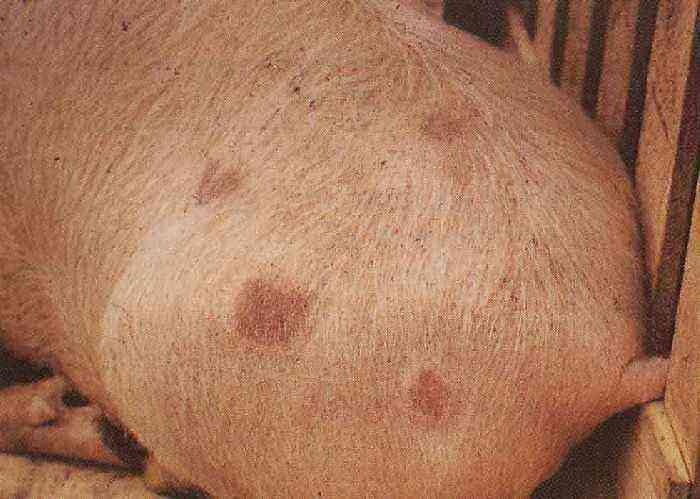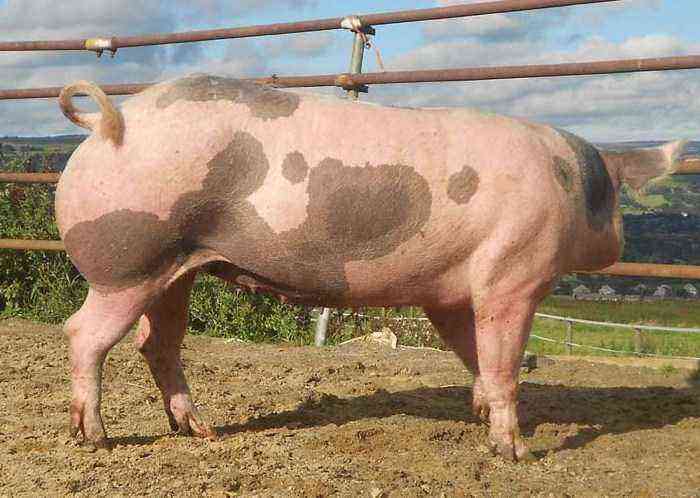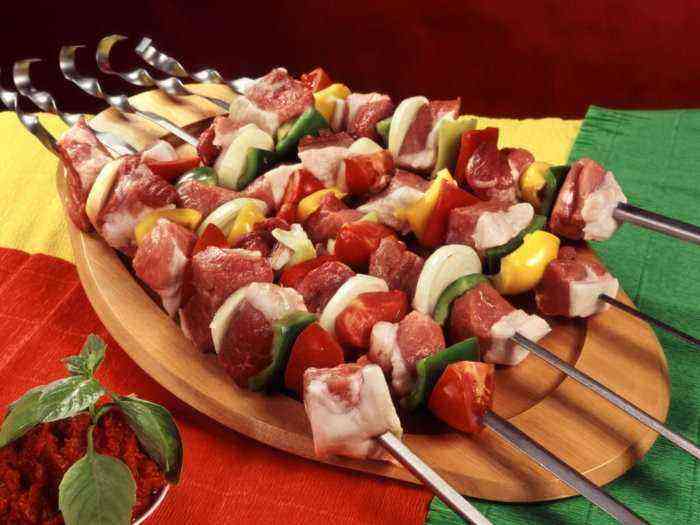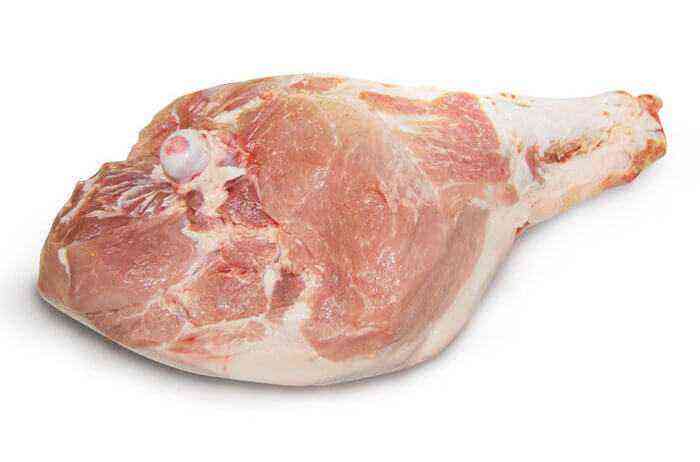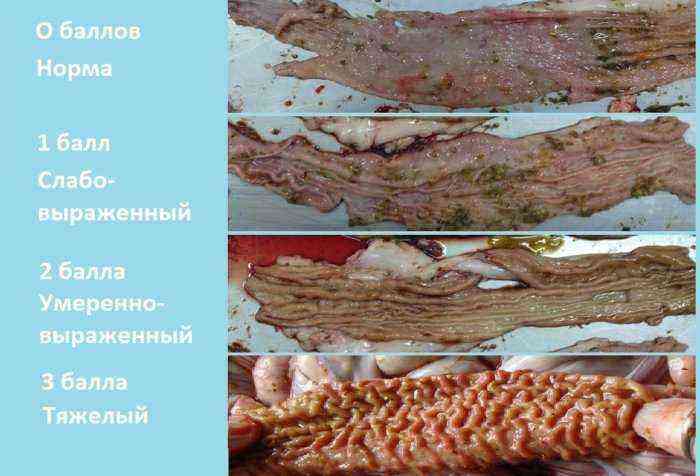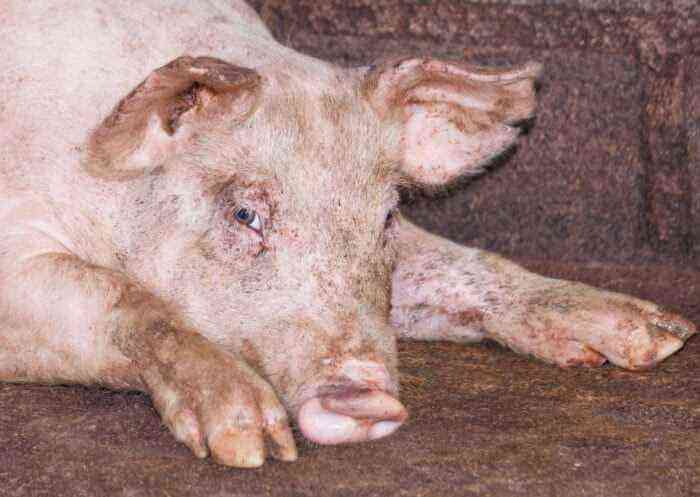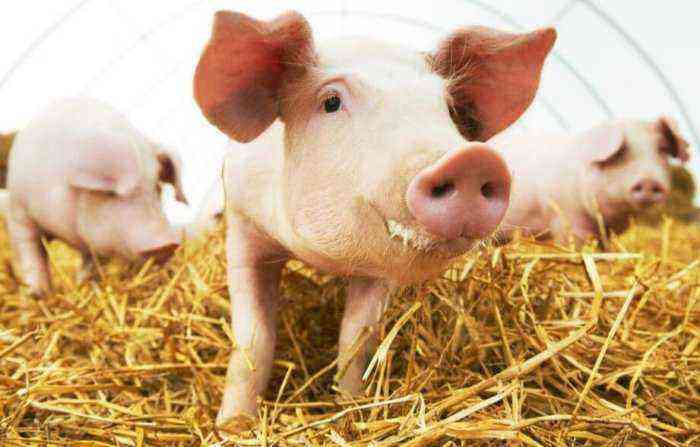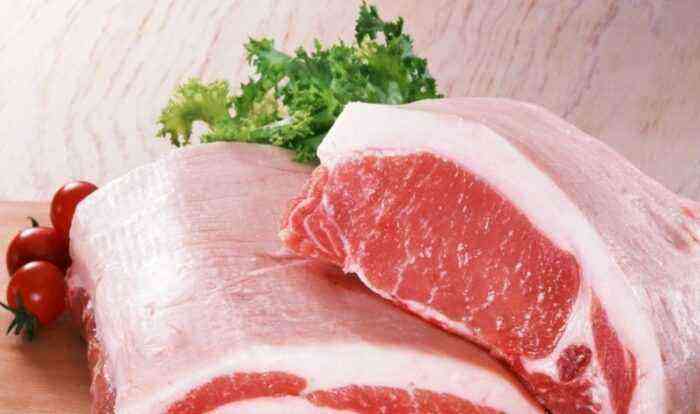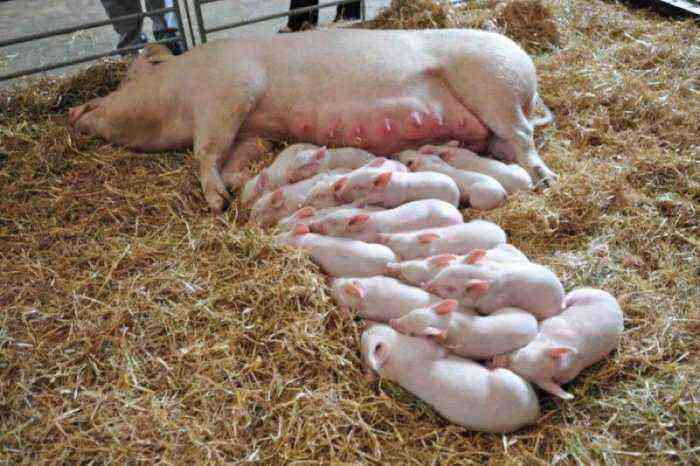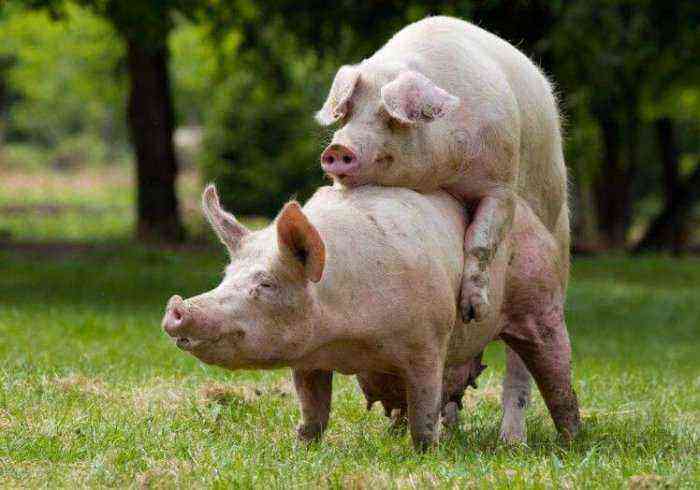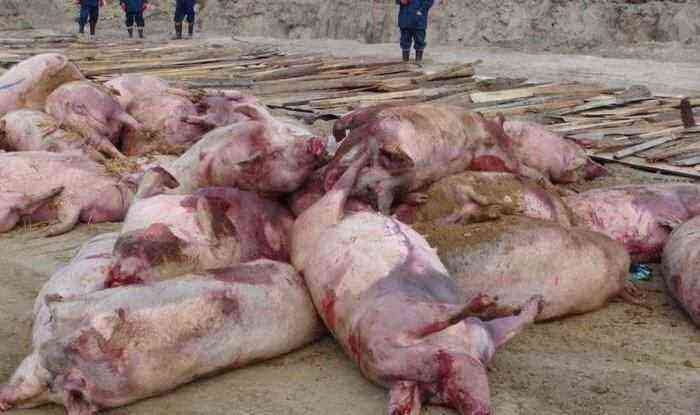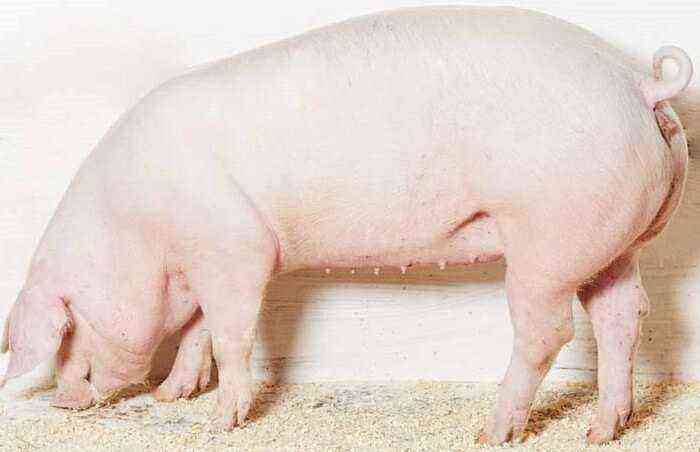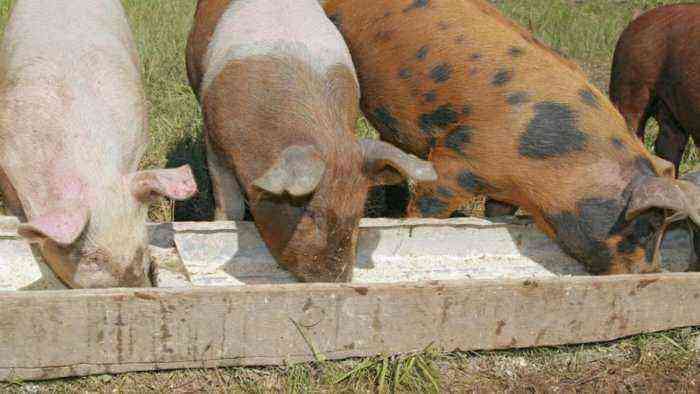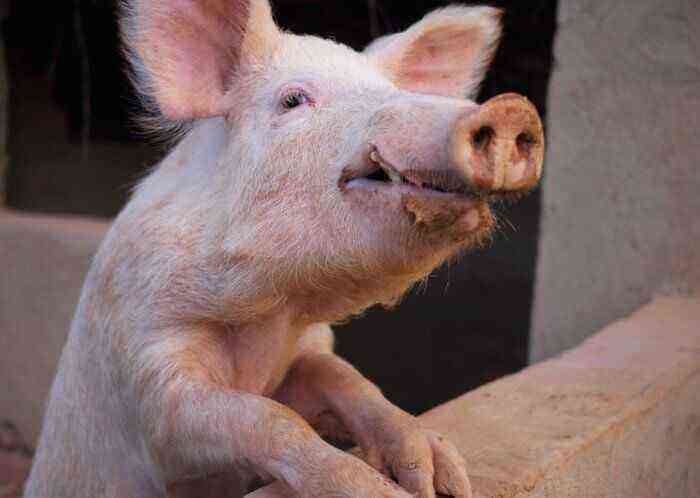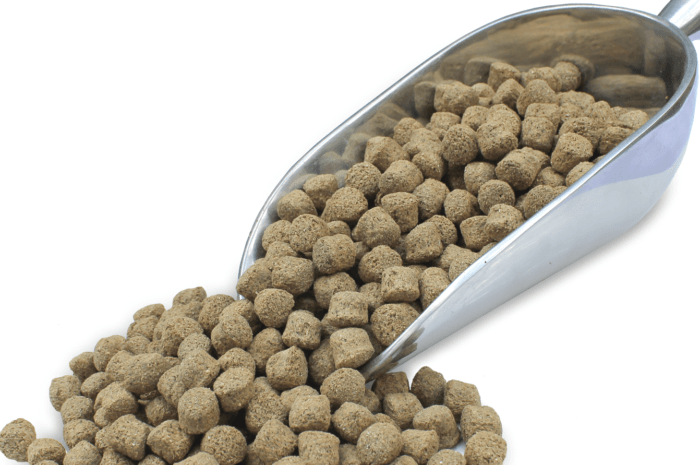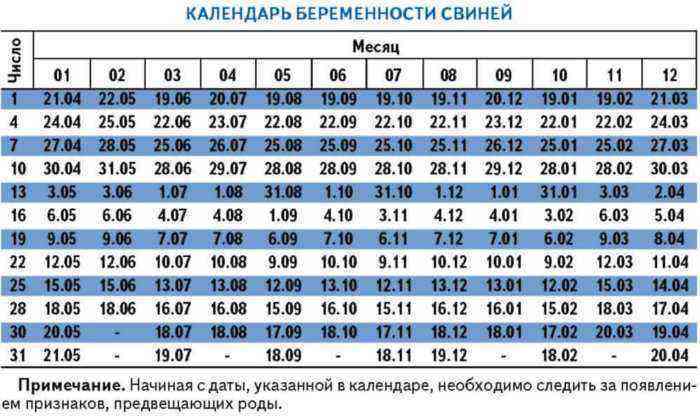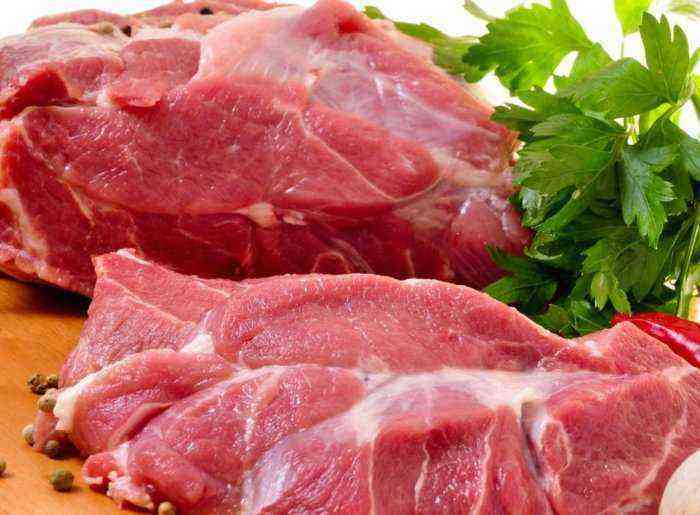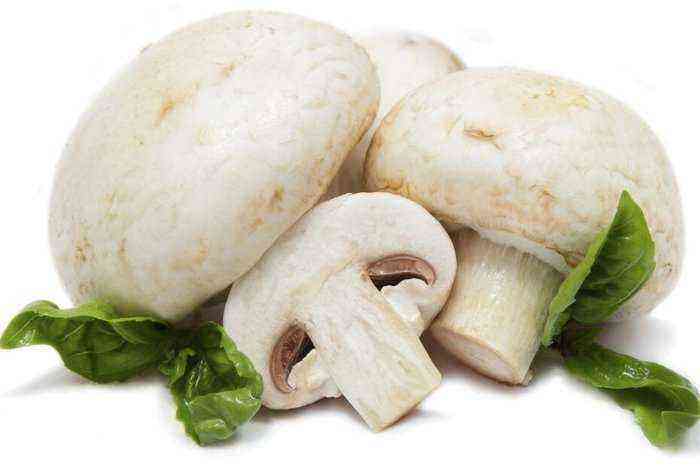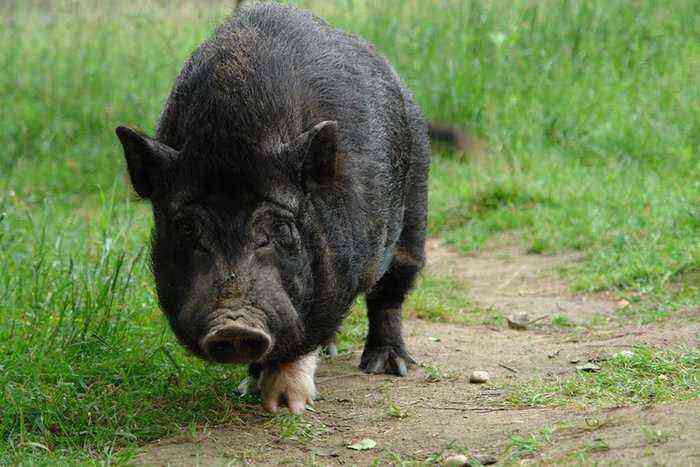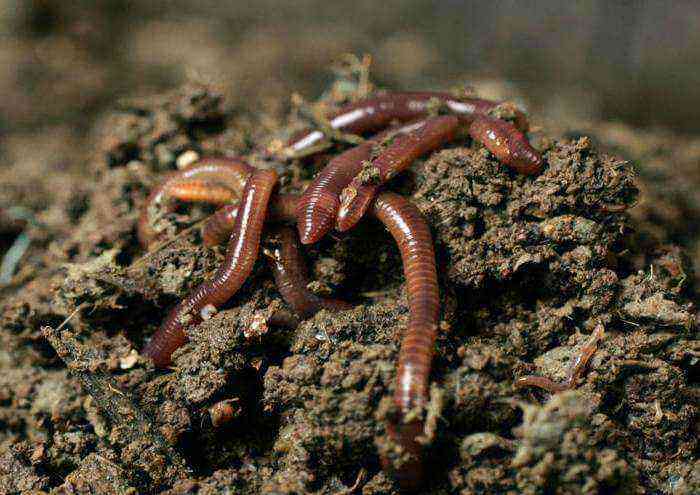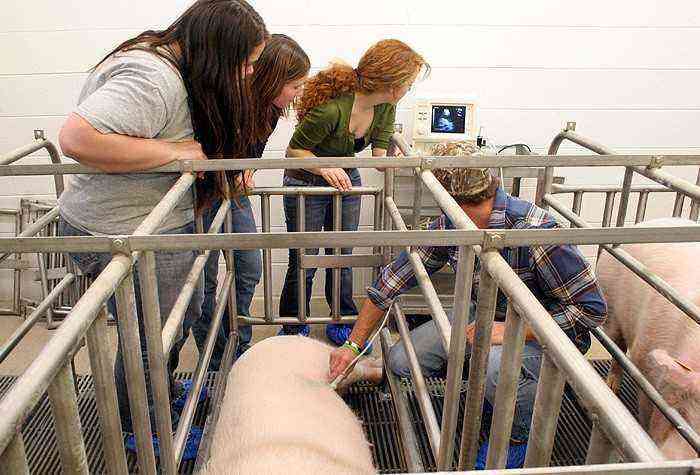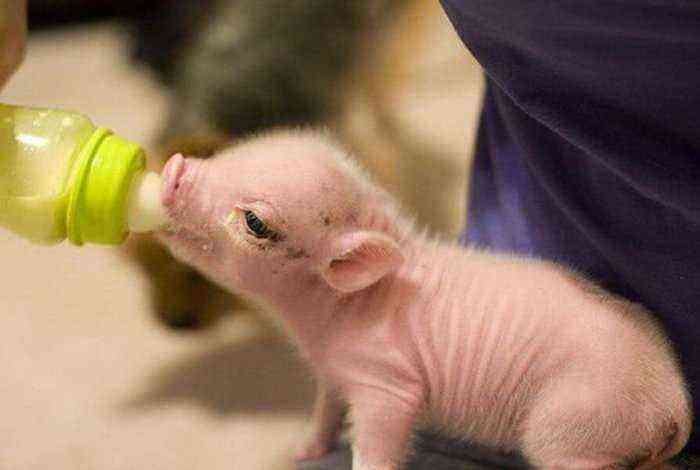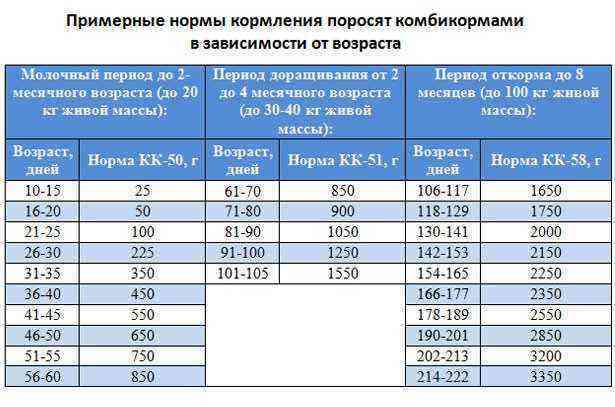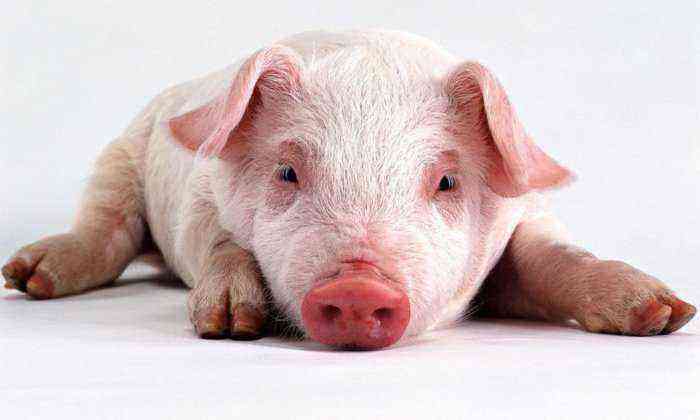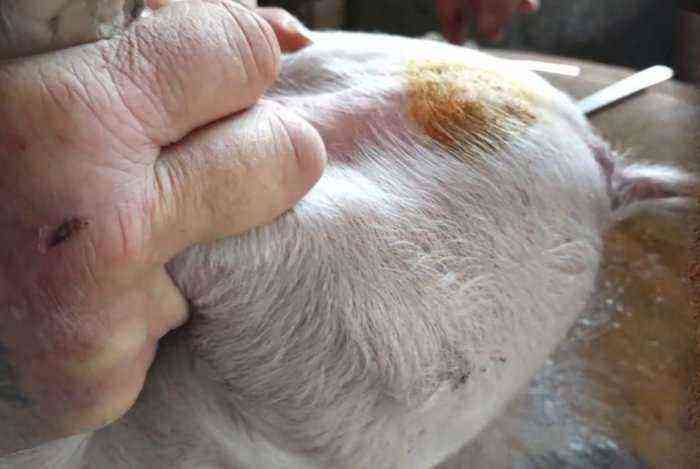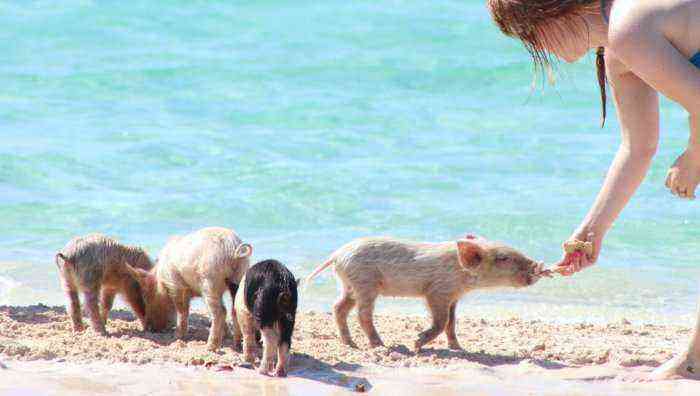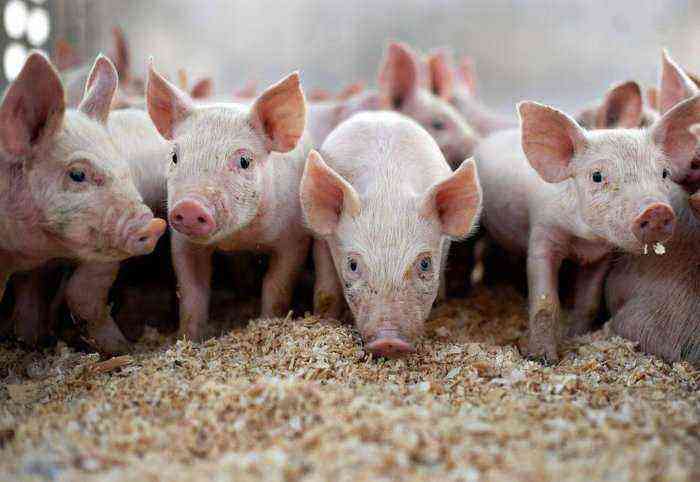To ensure comfortable conditions for piglets during the suckling period, especially in the first days after birth, the pig breeder must first of all create an optimal temperature and humidity regime for them. For a suckling sow, the optimal air temperature is 15-16 ° C, for piglets it is twice as high, which is achieved by additional heating of the suckers.
In a private household, pigs are kept in wooden sheds, in adobe or brick unheated premises, and the easiest way to create good conditions for piglets is to use plentiful dry bedding. For this, straw, peat, sawdust are used. Burrowing into the litter, piglets maintain a temperature of 26-28 ° C in it.
If there is water heating in a residential area on a personal plot, then it is easy to switch to heating with hot water and rooms for growing suckling pigs. Under the floor of the machine, where they are located, pipes are laid at intervals of 30 cm, covered with concrete and connected to a closed system through which hot water with a temperature of at least 70 ° C circulates. Valves or taps are cut into the pipes and, if necessary, to lower the floor temperature, some of the pipes are blocked so that water does not circulate through them. In winter, the pipes are insulated.
The heating of piglets is widely used in wooden houses, which are installed in the cold season in the feeding compartments for piglets. The size of the houses depends on how many nests of piglets they are designed for; for one nest, an area of 0,5–0,7 m2 is sufficient. Holes are made in the roof of the house for electrical wiring and through them inside the house they hang electric lamps with a power of 150 W at a height of 40 cm from the floor, and 300 W at a height of 70 cm from the floor. The litter is poured with a layer of 5-6 cm, it is changed twice a month. In the first days after farrowing, low-power lamps burn for 20 hours a day, and with a power of 500 W – 1 hour (in extreme cold – 2 hours), then an hour break, etc. The temperature inside the houses is maintained at 20-25 ° C .
To heat piglets, infrared emitters are successfully used in the form of metal tubes with a ni-chromium spiral inside (OKB-1376A, OKB-3295), heating elements mounted on a cone-shaped casing, infrared lamps of the type ИКЗК-220-250, IR-220-500, KG-220-1000 and lamps of combined action emitting infrared and ultraviolet rays (IKUF-1, РВЭ-100, RVD-350).
Depending on the power, the irradiators are suspended above the floor at a height of 60-90 cm. They create a temperature of about 30 ° C at the floor level. In a stationary room intended for rearing sucklings, in the area of u60bu125bthe lair, a heating mat measuring 10 x 50 cm can be equipped for one nest of XNUMX piglets. A wooden formwork is being made, inside which XNUMX m of cable is pulled onto nails POSHV or POSHP and poured with a solution of expanded clay concrete (1: 4) to a height of 5 cm. The ends of the cable are brought out and, when installing the mat, are connected to the mains through a step-down transformer TS-2,5. The electric mat operates at a voltage of 36 V, creating a temperature on the surface of 28-32 ° C.
Local (local) heating of piglets improves the comfort of the air environment, increases their liver function, endocrine glands, blood hemoglobin, red blood cells, increases safety, growth energy, weight of young animals for weaning. The cost of electricity is more than compensated by the increase in average daily gains.
